Technical Challenges
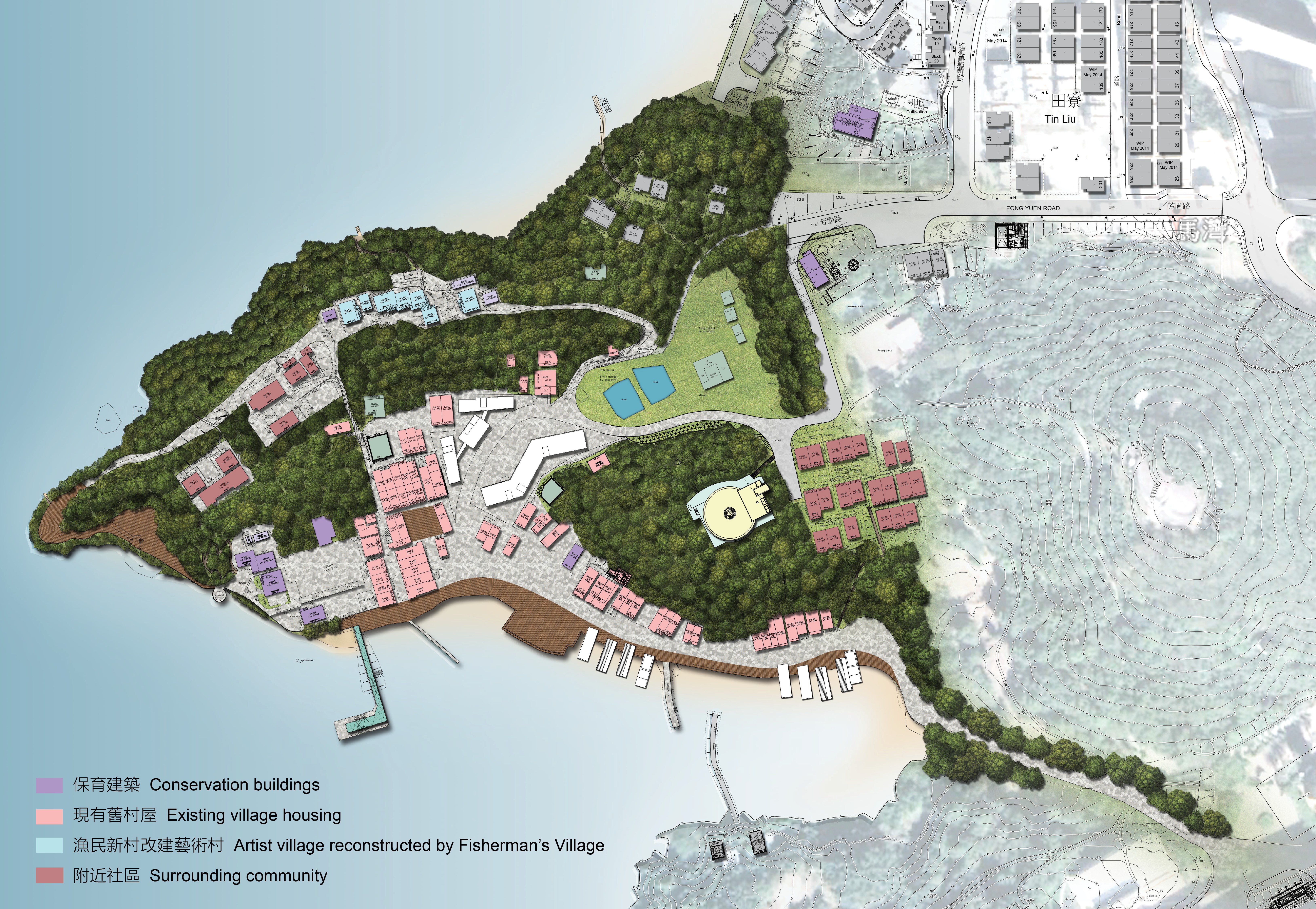
- No Emergency Vehicle Access (EVA)
- Restricted connectivity due to restriction from Tsing Ma Bridge and limited ferry services
- No vehicular access within the village
- Weak seawall and potential flooding risks
- Sites with significant historical, architectural and cultural heritage
- Poor connectivity within the village due to topography and unplanned settlement
- Damaged buildings and structures requiring demolition
- Accessibility with the rest of the Island needs enhancement
- Many slopes need maintenance and management
- Utilities not adequate to support modern usage e.g. no wifi, poor power supply
Design Scheme Highlight
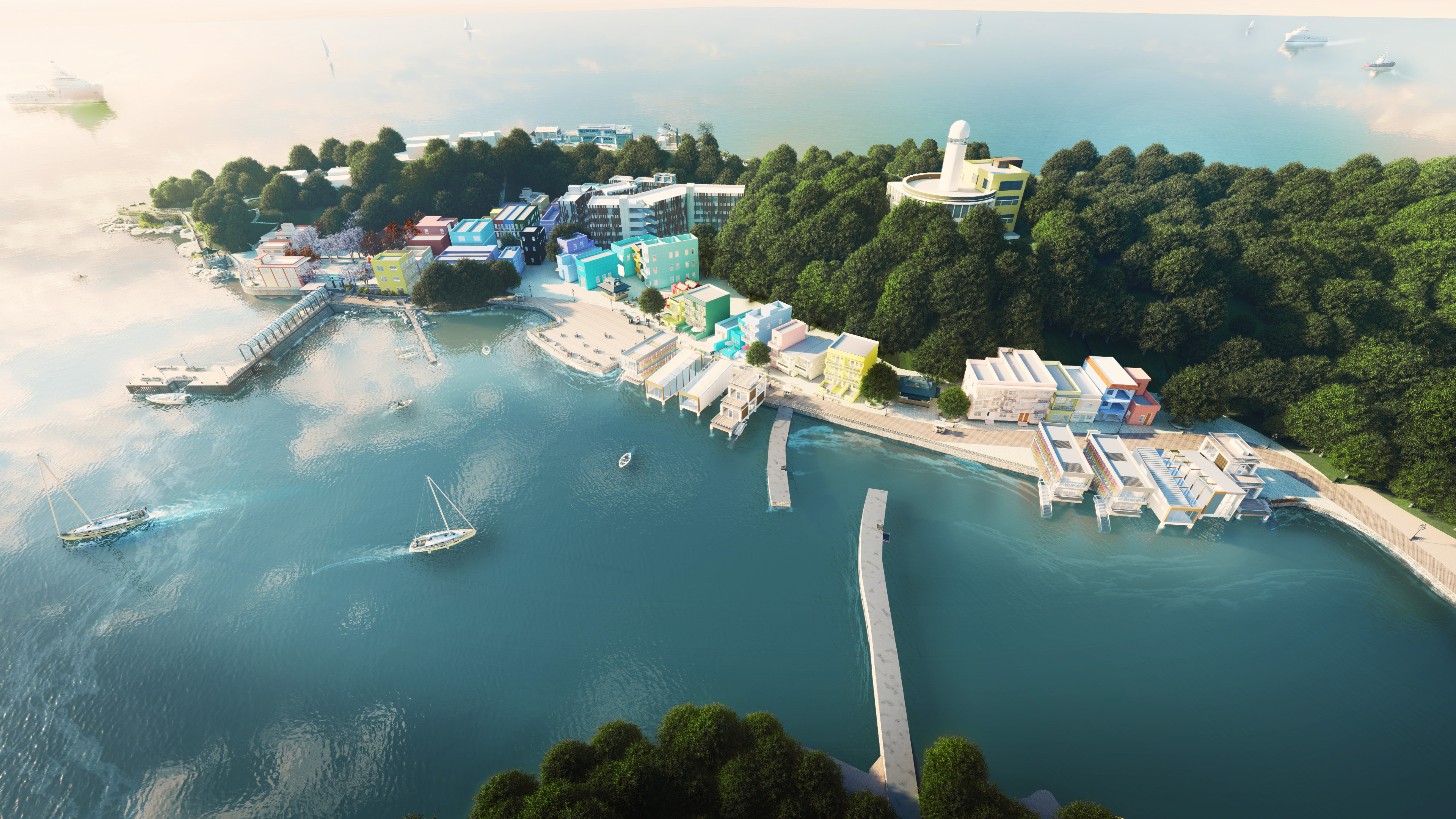 |
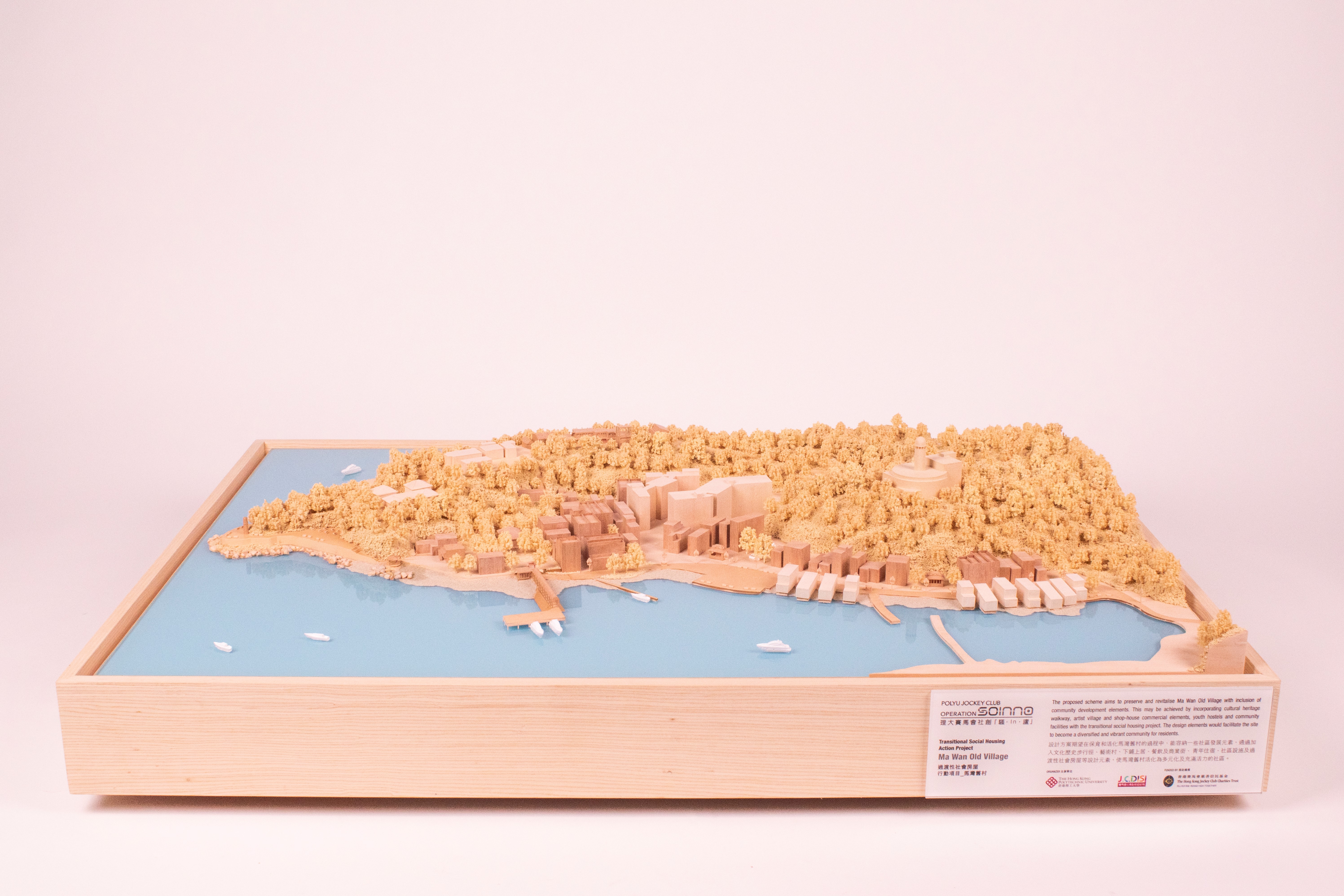 |
 |
- To revitalize Ma Wan Old Village into a diversified and vibrant community through introducing community development elements
- Effectively open up diversified development opportunities through the adaptive conversion of village buildings, renovation of obsolete building structures and addition of new buildings
- The provision of about 172 TSH units on the upper floors of shophouses converted from existing village buildings, and an additional 158 units in the newly built MiC structures as elderly home, youth hostel or TSH
- Retail shops, restaurants, and social services could be introduced to the ground floor of the converted shophouses
- The provision of art village and walking trails linking with attractions to preserve and promote the historic and cultural values of the village
Stakeholder’s Opinion
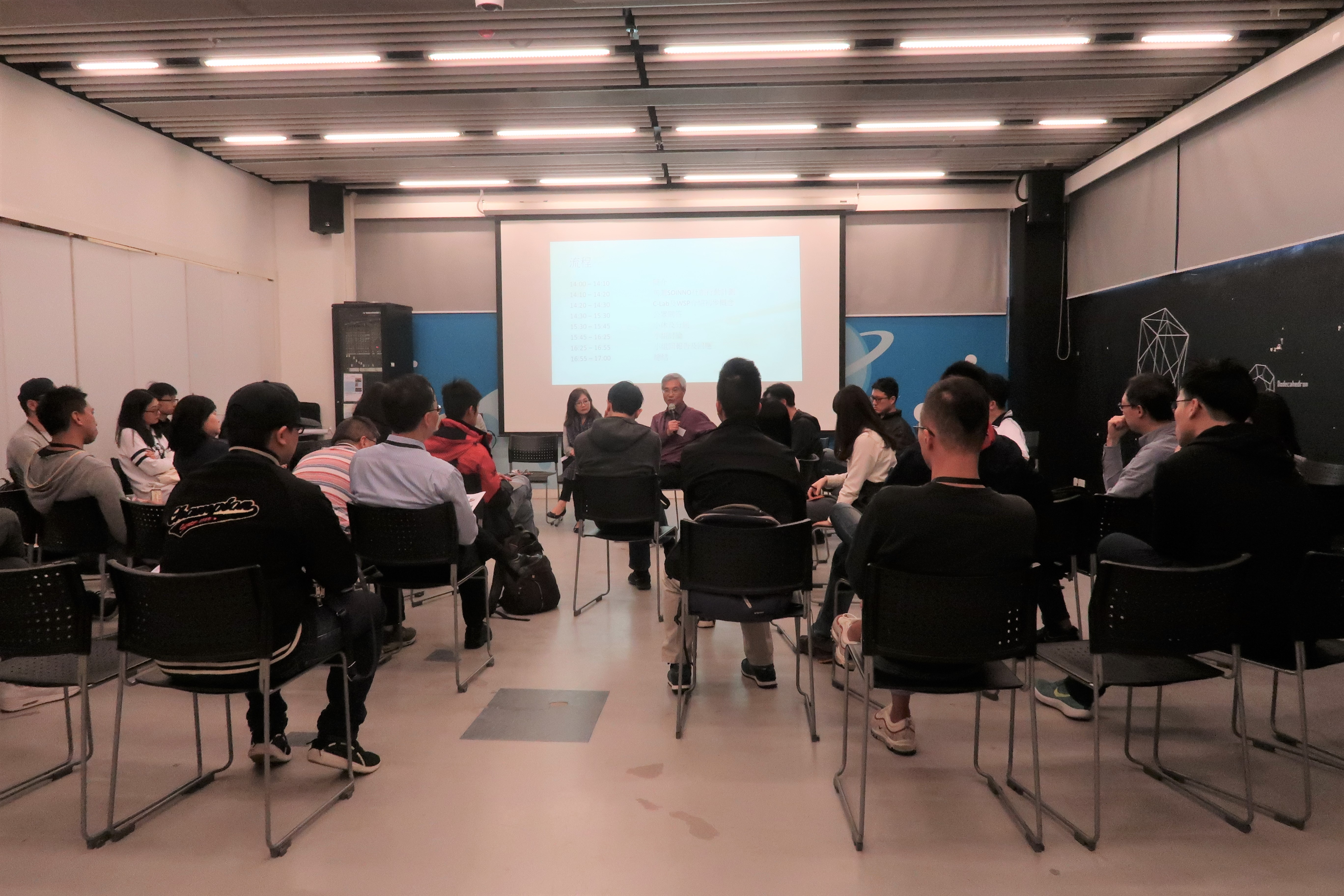 |
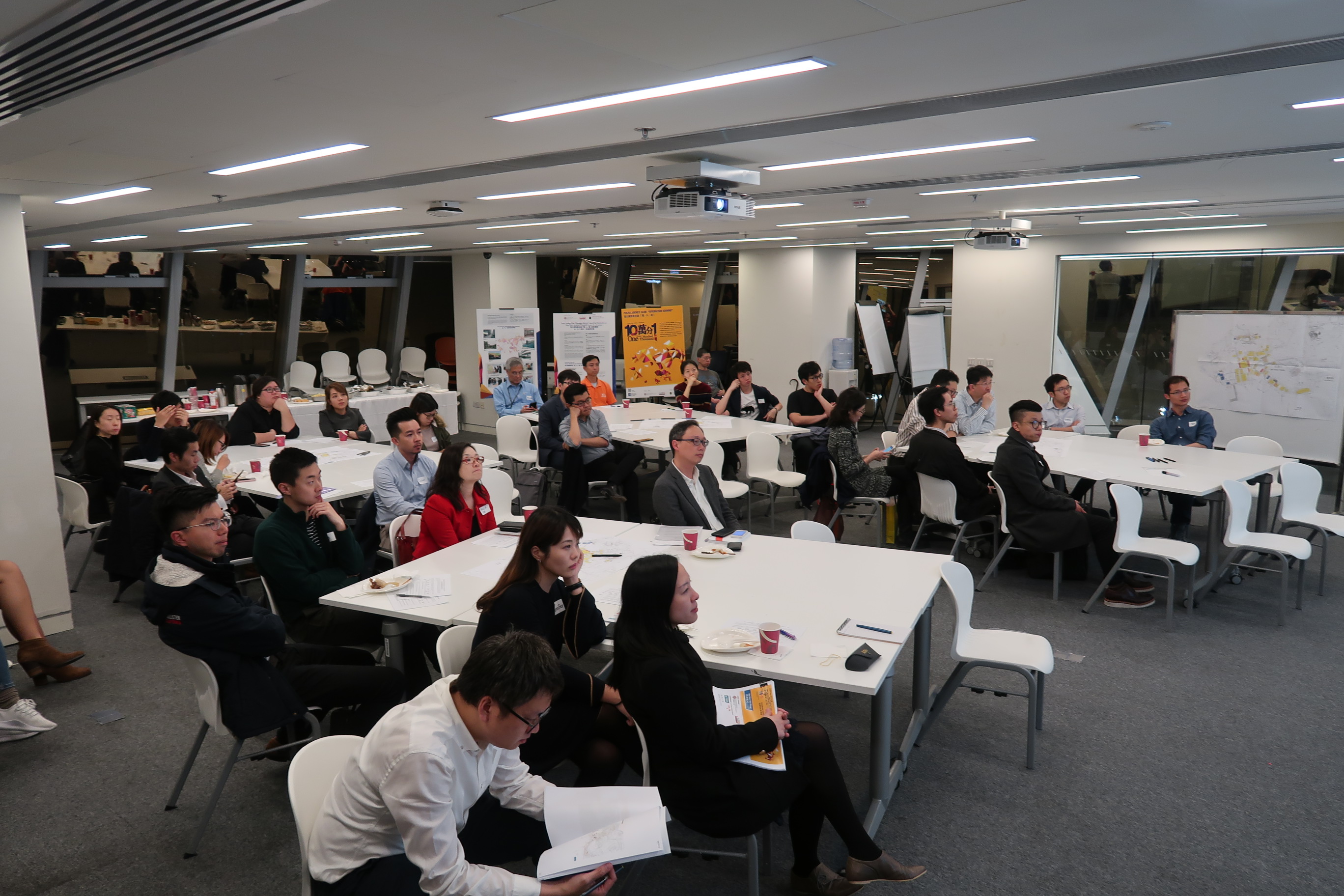 |
Residents generally have a strong concern to include TSH in revitalising Ma Wan Old Village:
- Implementation of the developer’s contractual obligations set out in the Heads of Agreement signed with the government on 23 June 1997
- Additional population from TSH would worsen the existing problems of inadequate transportation and community services in Ma Wan
- The site is not suitable for low-income residents given the traffic and high living costs
- Conservation is key, other proposals shown in HK and overseas would not work in Ma Wan
The Action Projects on the three selected sites have allowed JCDISI and our multi-disciplinary design teams to explore how to expedite TSH delivery in a more holistic manner. The following guiding principles for the planning, design, and implementation of TSH projects are summarised for consideration by the government and stakeholders interested in the delivery of TSH.
Guiding Principles on Planning and Design of TSH Projects
